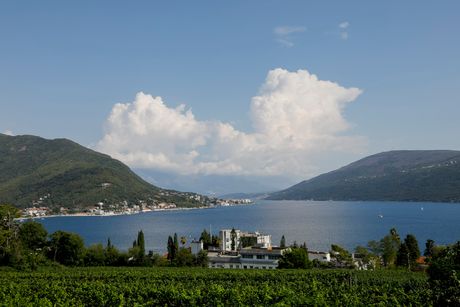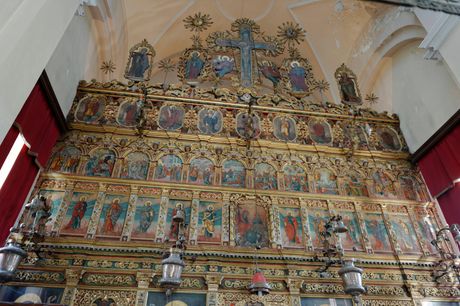At This Montenegrin Monastery, the Serbian King Began His Final Journey: A Fascinating Anecdote to Share
Much of Savina Monastery near Herceg Novi is reminiscent of Serbian King Aleksandar I of the Karadjordjevic dynasty. Alongside the chair he occupied during his visit, there exists a personal tribute from the King, a memorial plaque commemorating that visit, and an accompanying anecdote.
This memory has been preserved to this day, serving as a testament not only to the visit of this Serbian king to the sacred site in Boka Kotor but also to some unseen forces that elude human understanding.
As noted on the site “Ivanamyway“, Ivana Mladenović recounts that during his visit, the Serbian king expressed a wish to personally pull the rope for the church bells. He did so, but instead of a melodious chime, he summoned a hollow “dead” toll. This incident has since sparked speculation, suggesting that the king either made a mistake or was influenced by some invisible force, as he inadvertently pulled the rope designated for notifying a death.
Many at the time interpreted this as an omen… Following his visit to Savina Monastery, the King tread the path to Marseille, the French city where he ultimately met his demise.

Saint Sava and Savina
Savina Monastery, located near Herceg Novi in Boka Kotor, is not only named after Saint Sava, but one of the three churches within the monastery complex is dedicated to him. Interestingly, it is believed that a sanctuary existed long before the monastery itself. Most likely, this older site was dedicated to the second world of Sava, famously known as Saint Sava of Serbia, who is said to have consecrated its foundations in person.
Alongside the small church dedicated to Saint Sava, which formerly functioned as a parish church, the Savina Monastery complex encompasses two additional churches, both dedicated to the Most Holy Mother of God, commonly referred to as the small and large churches of the Mother of God.

Miraculous Icon
Within the Serbian Orthodox Church, there are six icons recognized as miraculous, one of which resides in Savina Monastery.
The miraculous icon of the Mother of God Savinska is believed to have been created during the 16th century. Based on its artistic style, it is associated with the Italo-Cretan art school.
A specific event related to this icon traces back to the 18th century. At that time, the entire region of Boka was threatened with destruction, and there were ominous predictions regarding the monastery. However, the Mother of God interceded, ensuring the monastery remained unharmed.

Significance of the Serbian Patriarch’s Item
The significance of Savina Monastery is further illustrated by its exceptionally rich treasury. In the latter half of the 19th century, Tomas Jackson published a work titled “Dalmatia, The Quarnero and Istria with Cettigne in Montenegro and The Island Grado,” in which he documented details about the monastery’s treasury.
Among the treasures is a crystal cross dating to the 13th century, linked to Saint Sava, along with a Gospel from the 17th century and various other valuable items. However, one particular item drew unique attention from Tomas Jackson.
It was a wooden reliquary from the second half of the 17th century that historically belonged to Serbian Patriarch Arsenije III Čarnojević, well-remembered for leading a significant migration of Serbs.
(She.rs / “Manastiriusrbiji.com” / “Manastirsavina.org“)
Share your photos and stories with us at the phone number +381 64 8939257 (WhatsApp / Viber / Telegram).
Video: A recording of the New Year’s bath on the beach in Herceg Novi
She.rs retains all rights over the content. For instructions on downloading the content, please refer to the Terms of use page.



